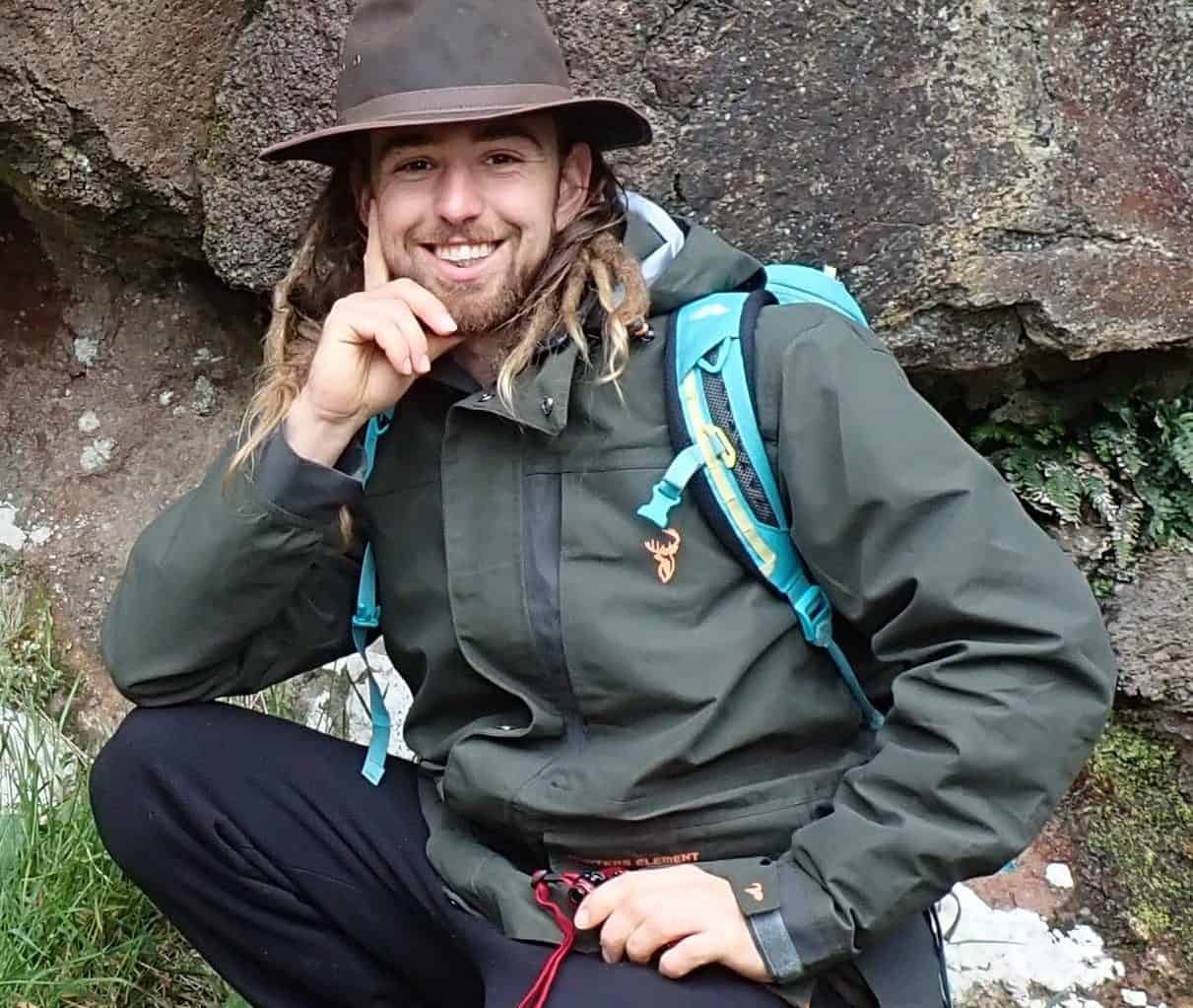Ngā Rākau Taketake (NRT) and Beyond Myrtle Rust (BMR) are partners in tackling myrtle rust. We spoke with Beccy Ganley and Nick Waipara (Rongowhakaata and Ngāti Ruapani ki Tūranga) from NRT and Mahajabeen Padamsee and Renee Johansen from BMR about their thoughts on the value of this collaboration.
Category: Opinion Pieces
The introduction of Phytophthora agathidicida to Aotearoa
Ngā Rākau Taketake scientists do not support claims that “kauri dieback was not so a recent arrival” and recommend no changes to current kauri dieback management.
Microscopic epiphytes may help in the war against myrtle rust
Microbiologist Hayley Ridgway is investigating the epiphytic microbe communities living on myrtle species, and their role in the spread of myrtle rust.
Beyond Myrtle Rust: Marley Ford, a student of ecology’s underdogs
Masters student Marley Ford is investigating the mycorrhizal fungi communities of ramarama (Lophomyrtus bullata), a species that has recently become threatened by myrtle rust.
In response to invasive aquatic weeds, should freshwater mussels go with the flow?
PhD student Tom Moore discusses his research on the impacts of invasive aquatic weeds on kākahi (freshwater mussels).
Better Border Biosecurity (B3) research collaboration – September updates
B3 are close to finalising its new Strategic Plan, and have begun work on a five-year project looking at Xylella fastidiosa, a serious invasive pathogen currently spreading throughout the world.
Sarah Sale, growing a troublesome fungus for good
Sarah Sale, a PhD candidate and new member of the Beyond Myrtle Rust programme, started her research amid New Zealand’s lockdown.
Studying the response of the forest soil microbiota to kauri dieback
Alexa Byers writes about her PhD research into kauri dieback and soil microbiota
How can we best use genomics to enhance conservation translocations?
The best way to build resilience in threatened species is often debated, but do we even know how to measure what we’re trying to compare?
If you build it, will they come?
University of Canterbury PhD student Issie Barrett writes about ecological tipping points, and why some restoration projects don’t always go as planned.
The climate crisis is also a biodiversity crisis
Like many of us, the summer break has seen me transfixed with horror at the scale and magnitude of the bushfire crisis in Australia.
Genetic and genomic technologies
Our current position is that gene drives and/or other GE technologies will potentially be useful for the eradication of pests in New Zealand – pests that are devastating many of our precious native birds, bats and insects. However, a great deal of research and understanding, as well as public acceptance, is required before such technologies […]











